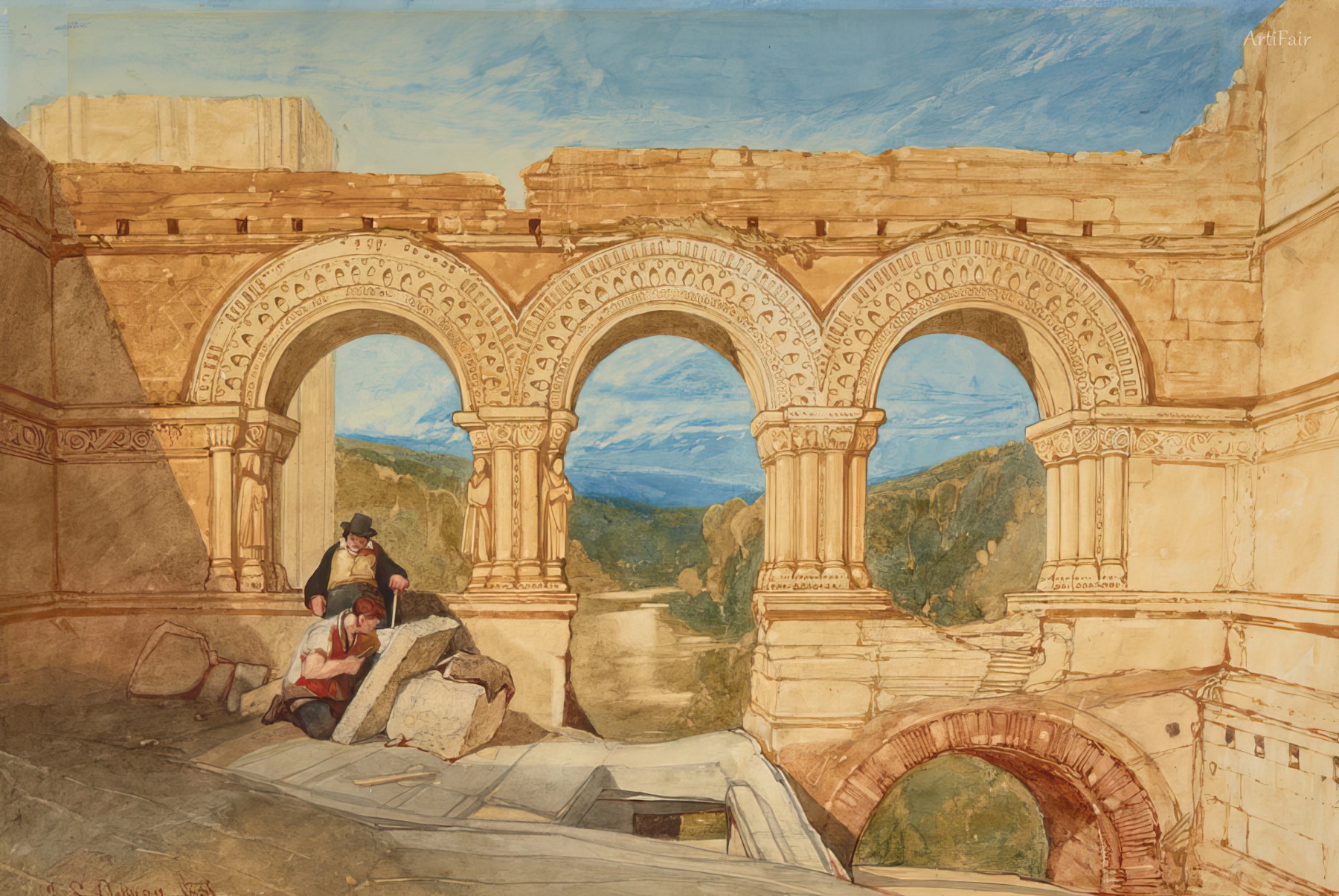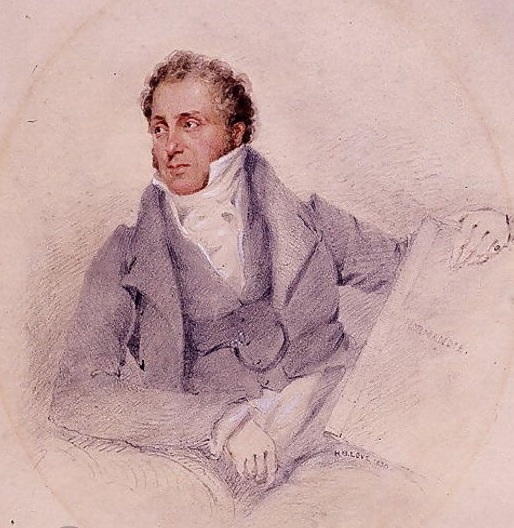

John Sell Cotman
GB
47
Artworks
1782 - 1842
Lifespan
Artist Biography
John Sell Cotman (1782–1842) was a preeminent English artist of the Romantic era, celebrated for his landscape paintings, watercolours, and etchings. A leading figure of the Norwich School of painters, his work is distinguished by its formal simplicity, structural clarity, and innovative use of flat washes of colour, which lent his compositions an almost abstract quality that was ahead of its time. Born in Norwich to a silk merchant, Cotman defied his father's wish for him to join the family business, moving to London in 1798 to pursue an artistic career. There, he immersed himself in the city's vibrant art scene, joining the circle of Dr. Thomas Monro, a key patron, where he associated with future luminaries like J. M. W. Turner and Thomas Girtin. Girtin's influence was particularly profound, and Cotman joined his sketching club, undertaking formative trips to Wales and Surrey that honed his skills and artistic vision.
Between 1800 and 1806, Cotman established his presence by exhibiting at the Royal Academy. His most significant works from this period emerged from three summers spent in Yorkshire (1803–1805). It was here that he produced his celebrated Greta series, including the masterpiece "Greta Bridge" (c. 1805). These watercolours exemplify his classic style: the elimination of superfluous detail in favour of broad, interlocking planes of controlled, cool colour. He demonstrated a remarkable ability to see nature in terms of precise, austere patterns, creating compositions of serene and powerful beauty. This approach, which prioritized pattern and form over detailed representation, marked a significant departure from the picturesque tradition and laid the groundwork for his unique contribution to British art.
In 1806, Cotman returned to his native Norwich, where he became a central figure in the Norwich Society of Artists, serving as its President in 1811. He earned a living as a drawing master, married Ann Miles, and began a family; two of his sons, Miles Edmund and John Joseph, would also become painters. During this time, he developed a passion for etching, influenced by the Italian artist Piranesi. He published several volumes of architectural etchings, including "Architectural Antiquities of Norfolk" (1818), showcasing his fine draftsmanship and interest in historical structures. This work as an archaeological draftsman became a significant part of his career, combining his artistic talent with antiquarian interests.
From 1812 to 1823, Cotman resided in the coastal town of Great Yarmouth. This period was crucial for his development as a marine painter, as he studied the forms of waves and shipping, producing some of his finest seascapes. His friendship with the antiquary Dawson Turner led to three influential tours of Normandy between 1817 and 1820. These travels resulted in a wealth of sketches and culminated in the publication of "Architectural Antiquities of Normandy" (1822), a project that significantly enhanced his reputation. The experience in France also introduced brighter colours into his palette, marking a new phase in his stylistic evolution.
Despite his artistic achievements, Cotman faced persistent financial struggles and suffered from bouts of severe depression throughout his life. Seeking stability, he moved back to London in 1834 to accept the position of Master of Landscape Drawing at King's College School, a post secured with the help of J.M.W. Turner. In his later years, his style underwent another transformation. He began experimenting with his medium, mixing rice or flour paste with his watercolours to create a thick impasto effect, a technique that echoed the texture of oil paint and stood in stark contrast to the flat washes of his early work. This demonstrated his continuous desire to innovate, even while battling personal hardship.
John Sell Cotman died in London in 1842, his work largely undervalued by his contemporaries. Posthumously, however, his reputation soared. Today, he is recognized as one of Britain's most original watercolourists. His early works are particularly admired for their modern sensibility and their radical simplification of form, which influenced later generations of artists. His legacy is preserved in major collections, notably at the British Museum and Norwich Castle Museum, securing his place as a master of Romantic landscape painting whose vision was both deeply poetic and strikingly modern.